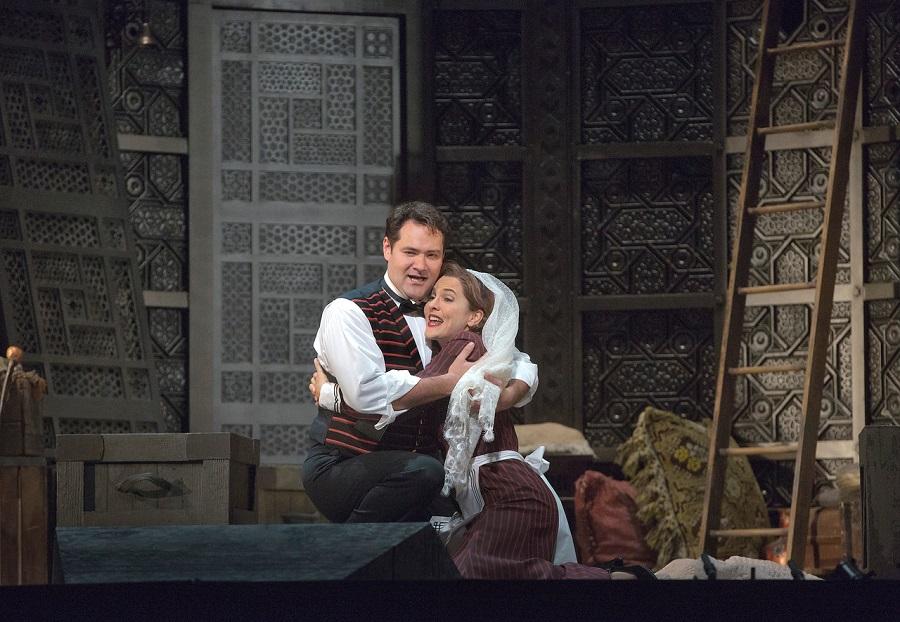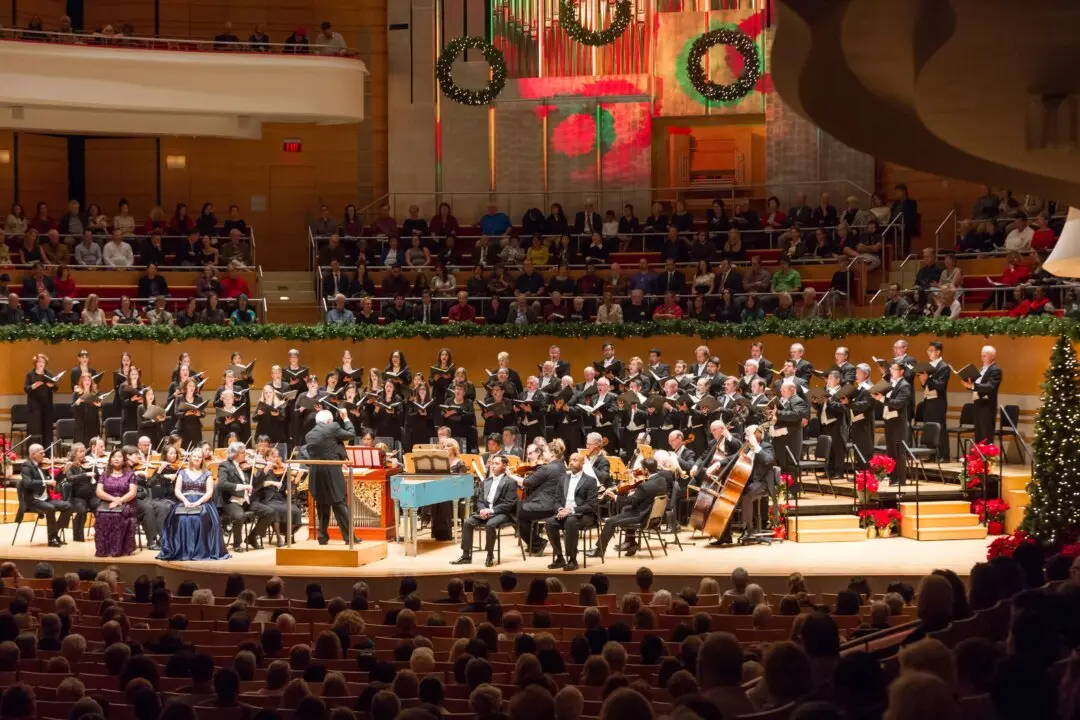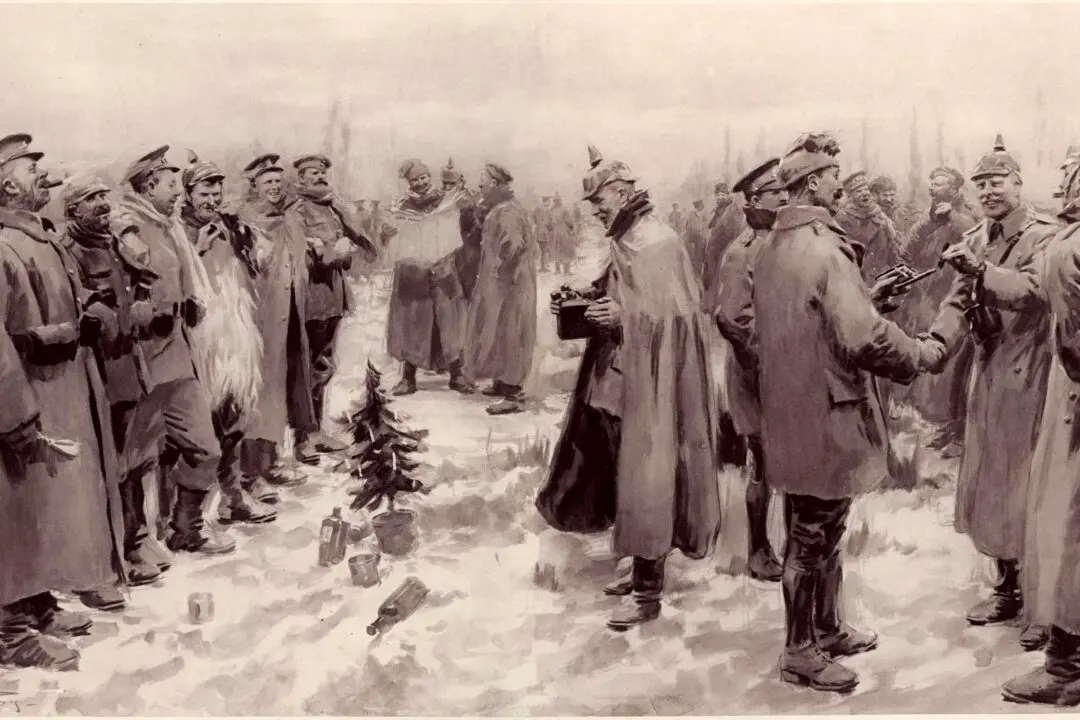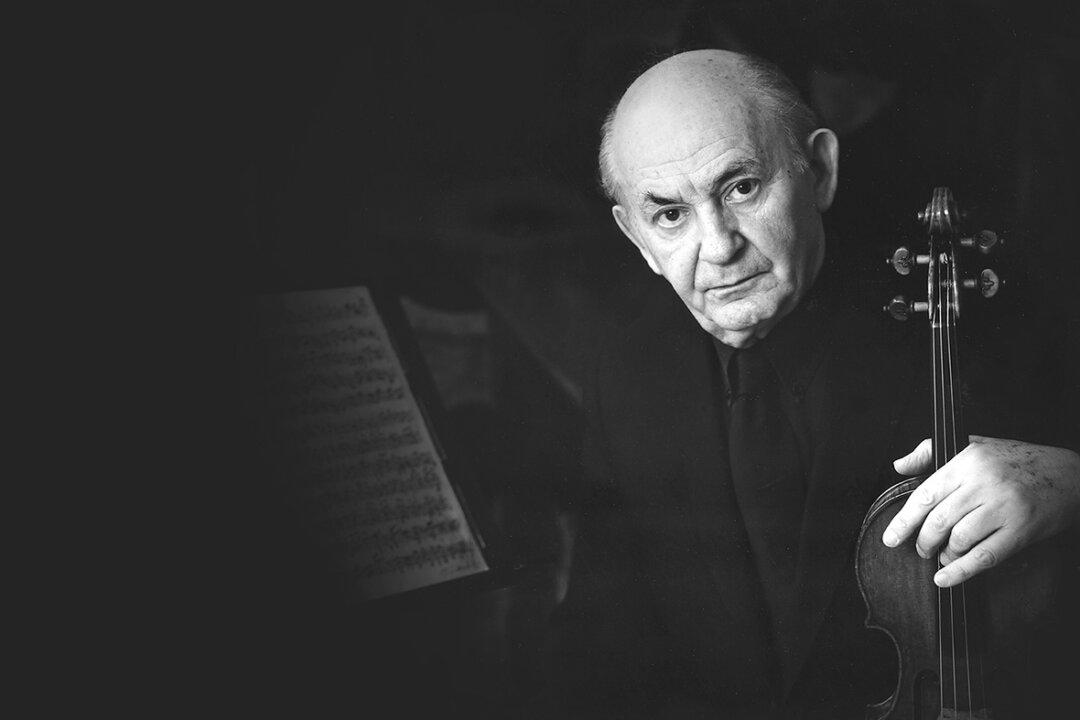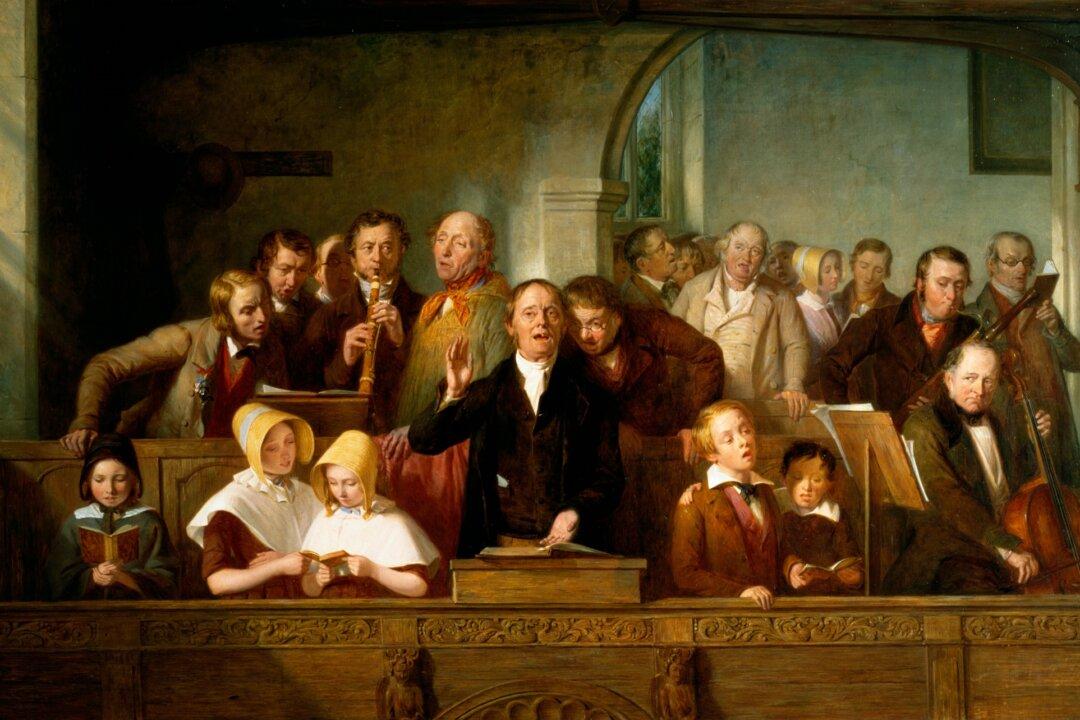There is an old German proverb: “Bach gave us God’s word, Mozart gave us God’s laughter, and Beethoven gave us God’s fire.” It would be better to say that all three musical saints gave us all three gifts, but only Mozart has laughter in abundance. Bach and Beethoven said that their music came straight from God; Mozart, on the other hand, said “from where it comes, I know not.” Whatever its source, however it comes, it tells us marvelous things if we listen with all our hearts.
Mozart’s music is not just tinsel on a Christmas tree. It’s not even the whole, decorated tree, but something far greater: It’s the promise of joy, the assurance of an order beyond our comprehension, and the presentment of a higher world to which we belong.

